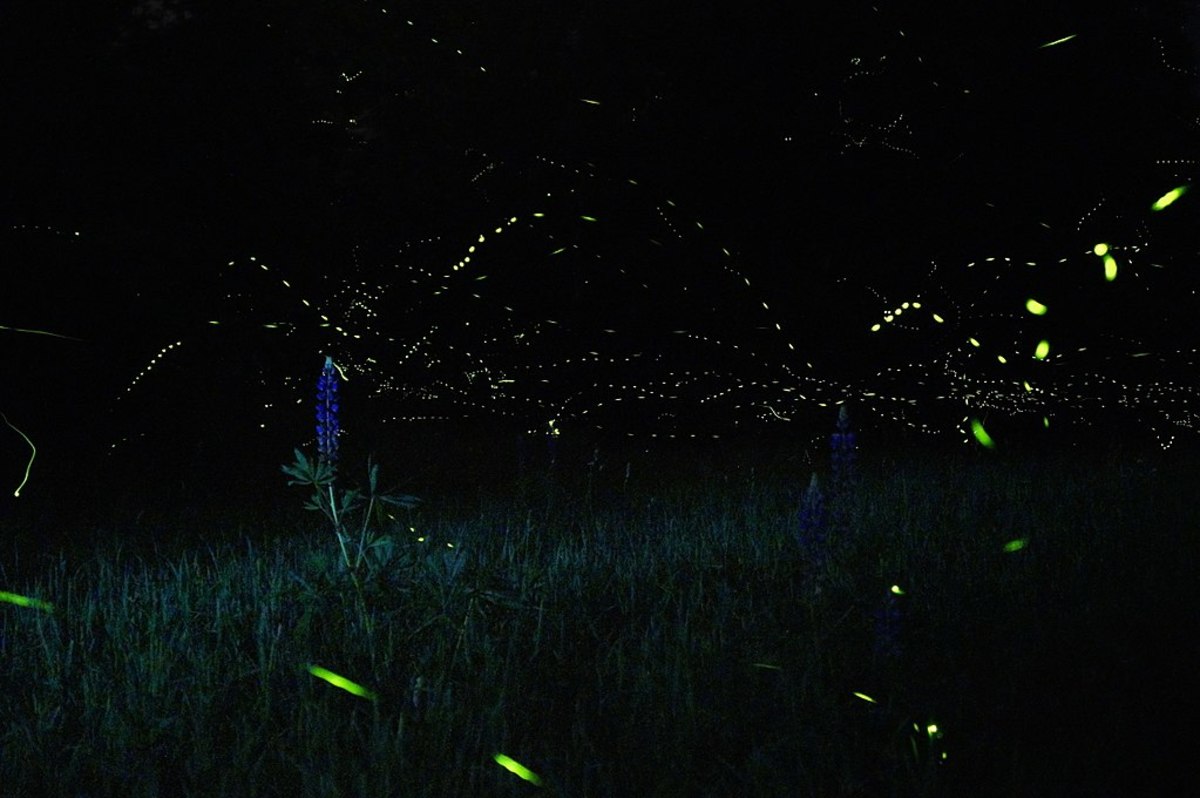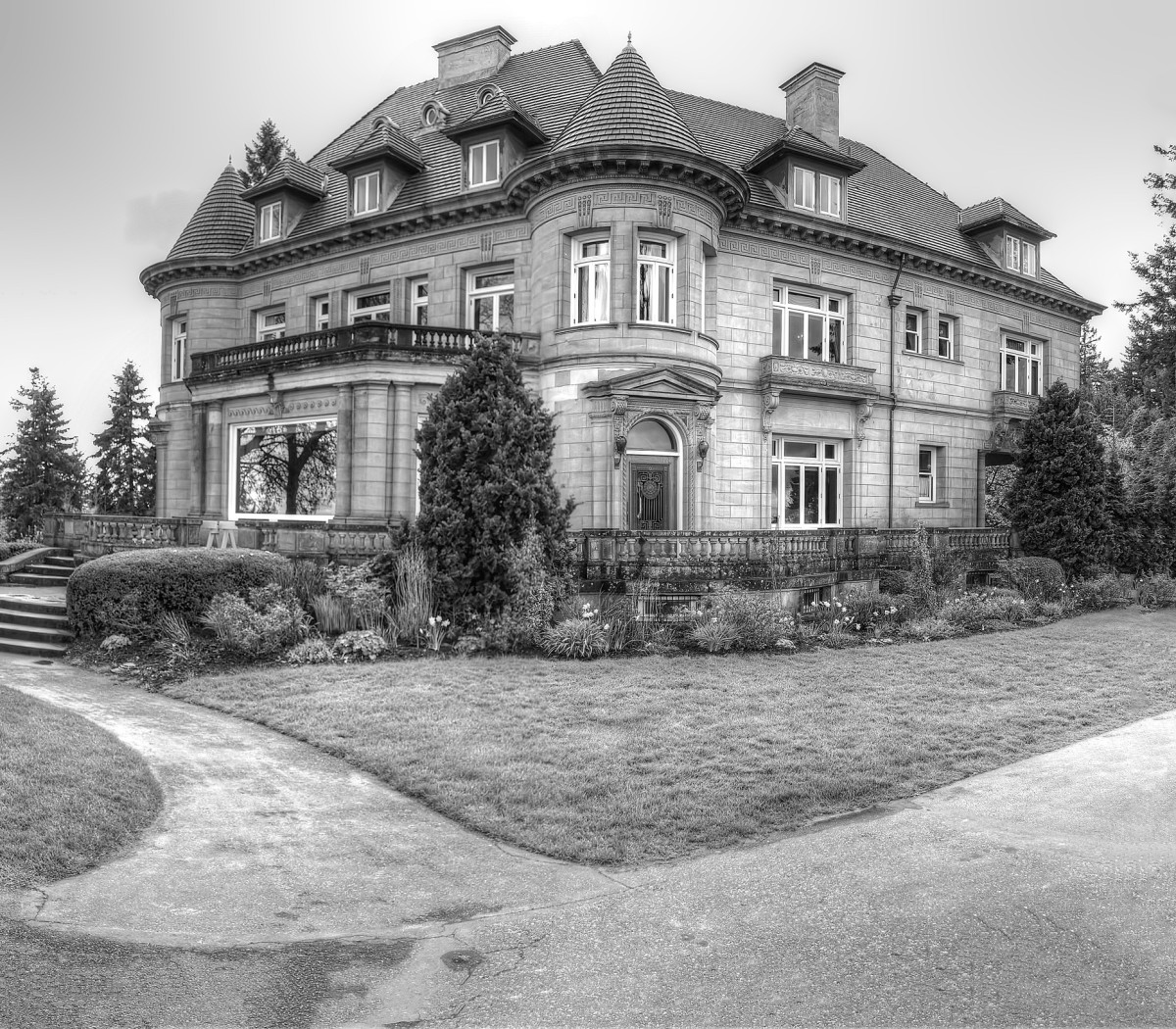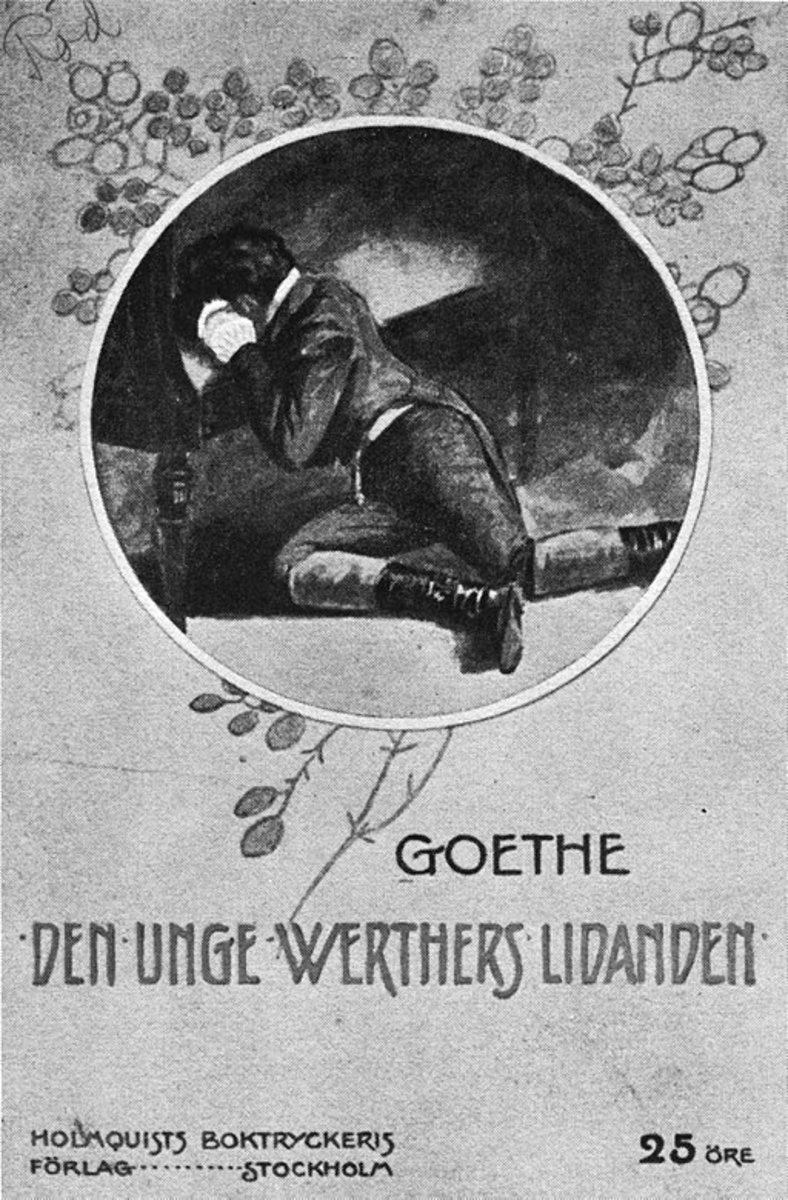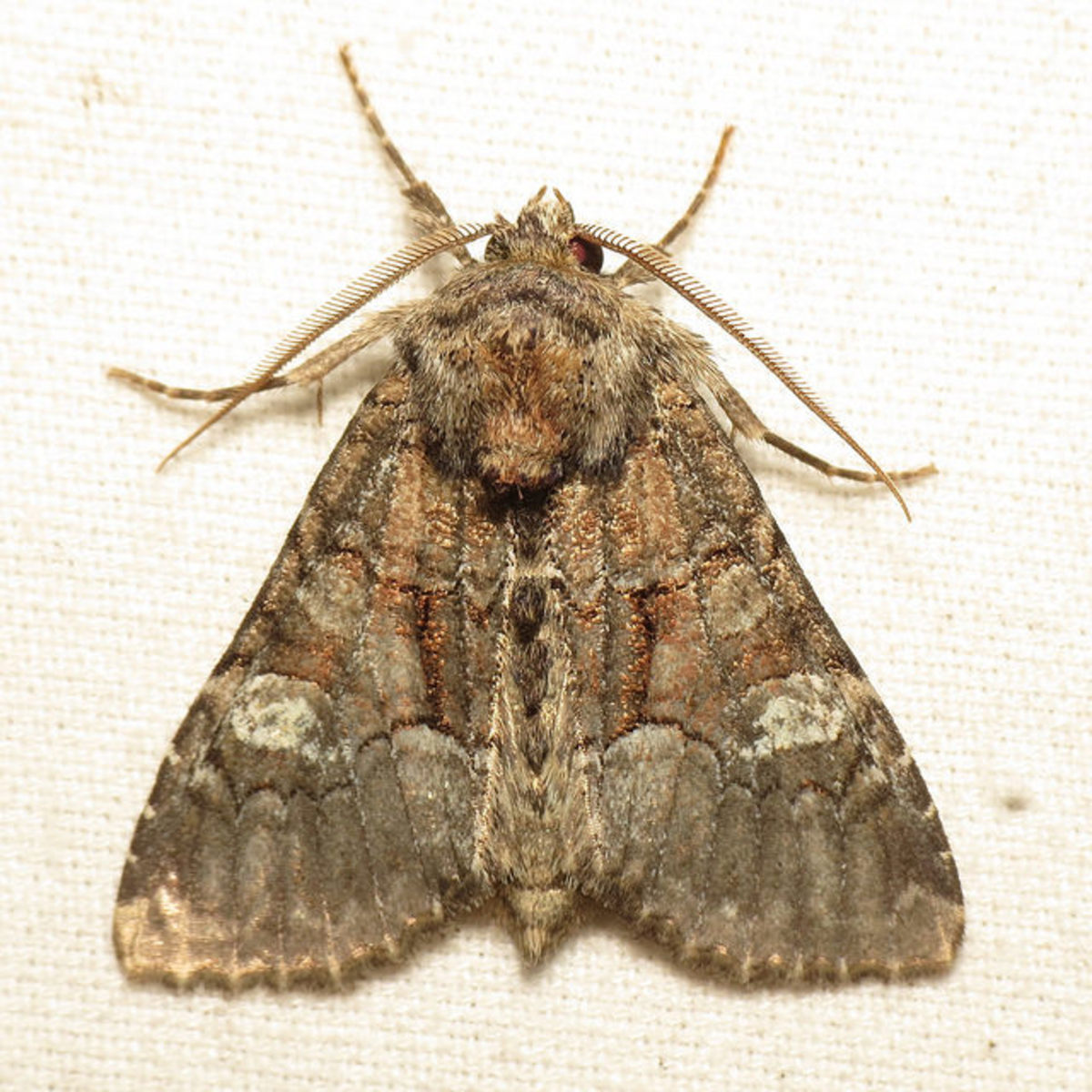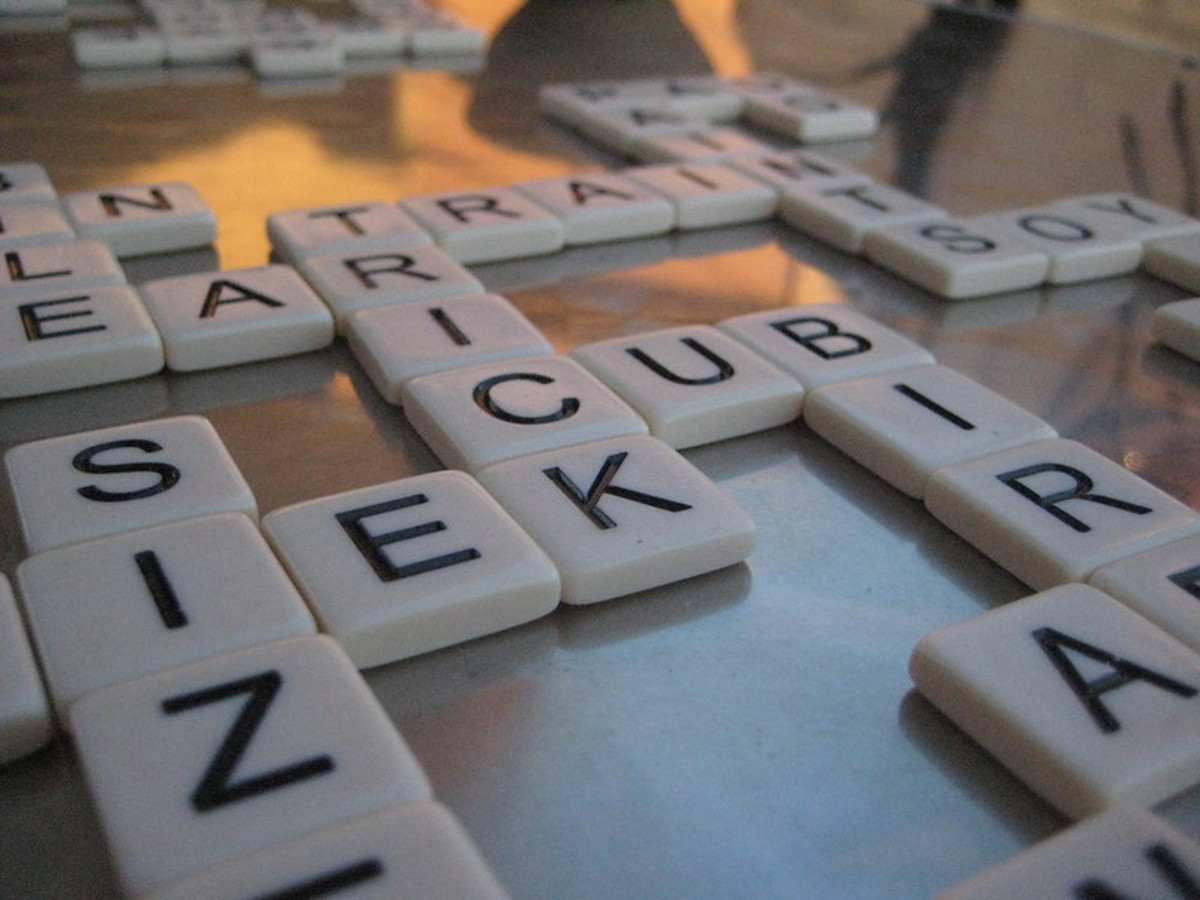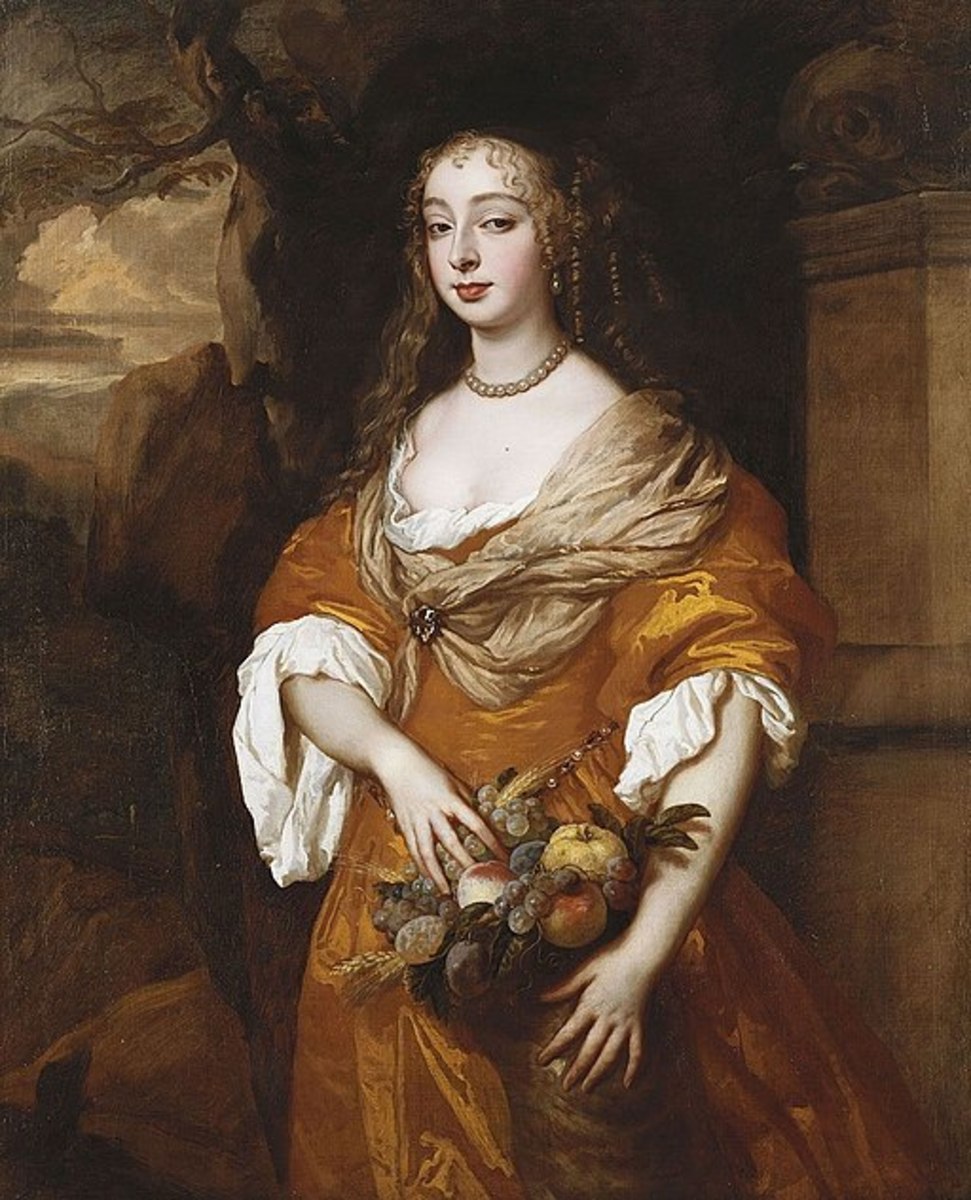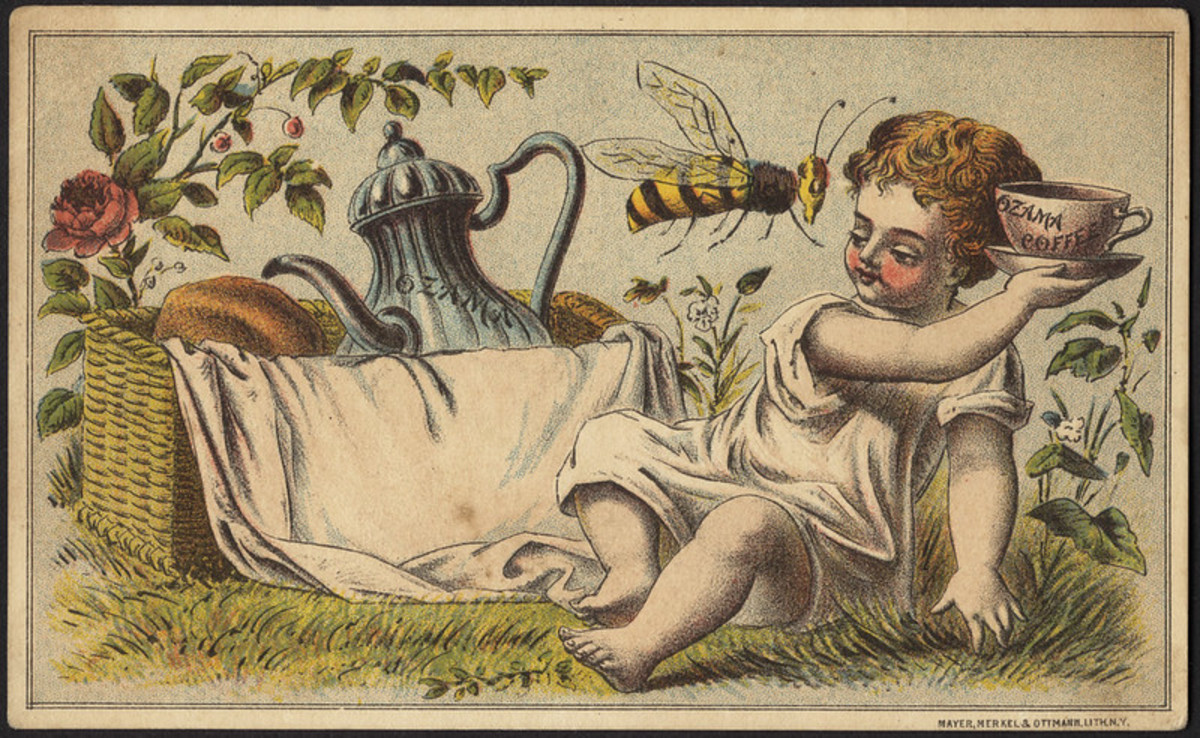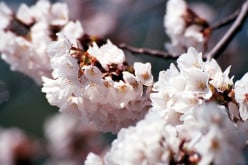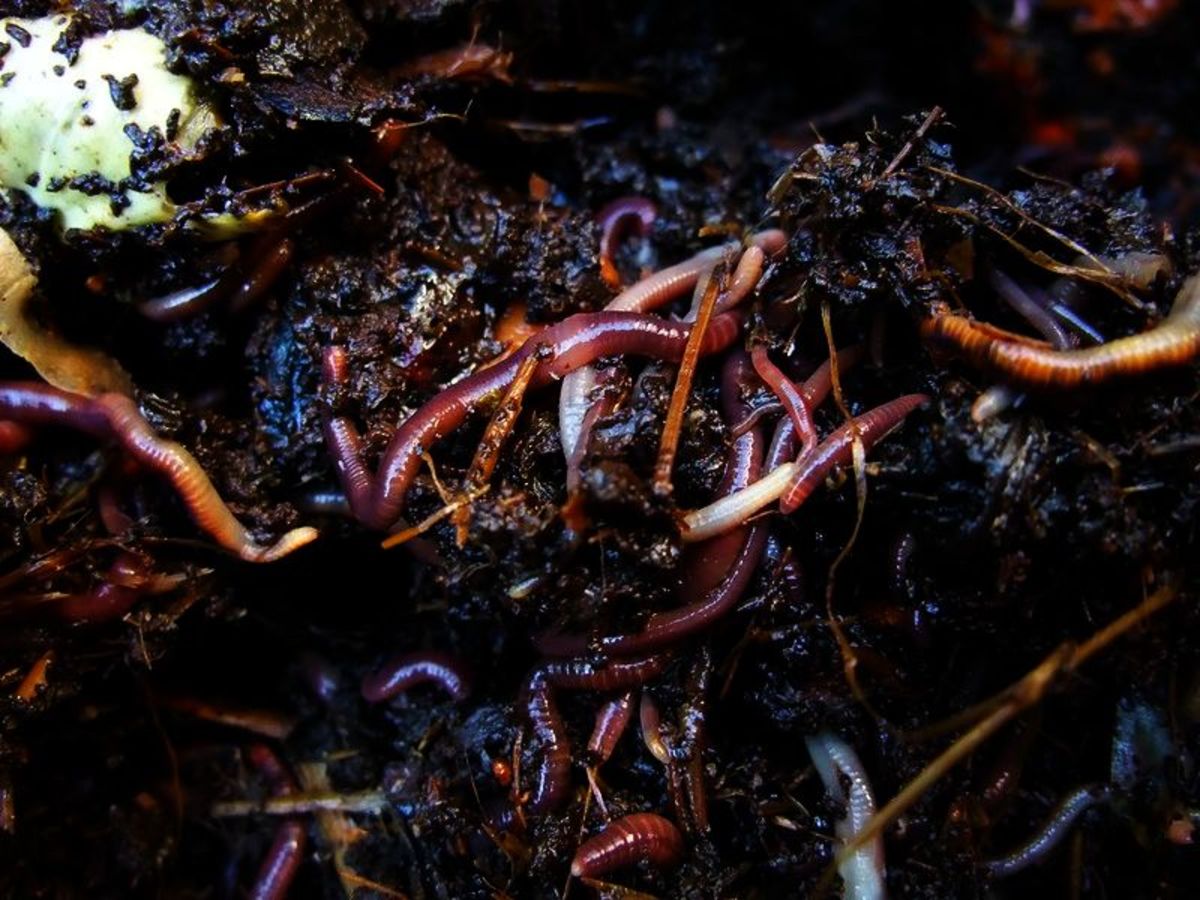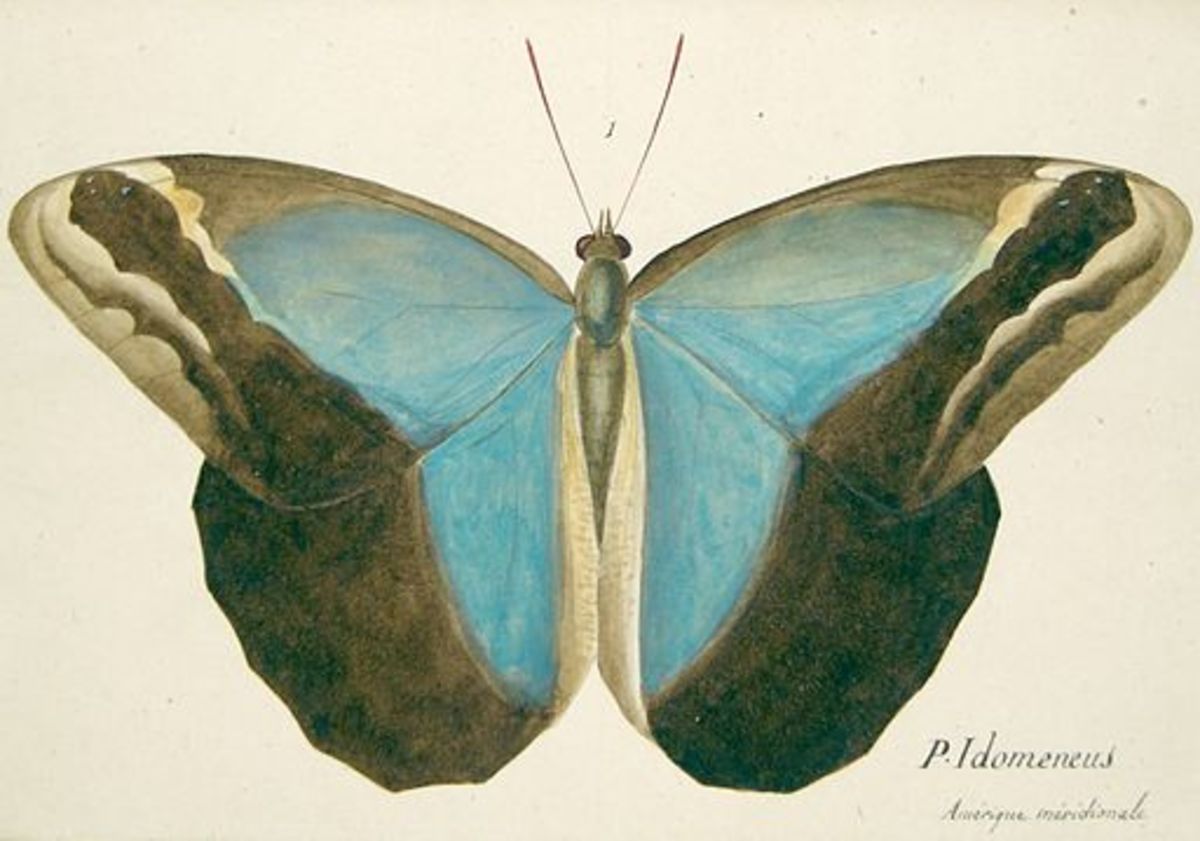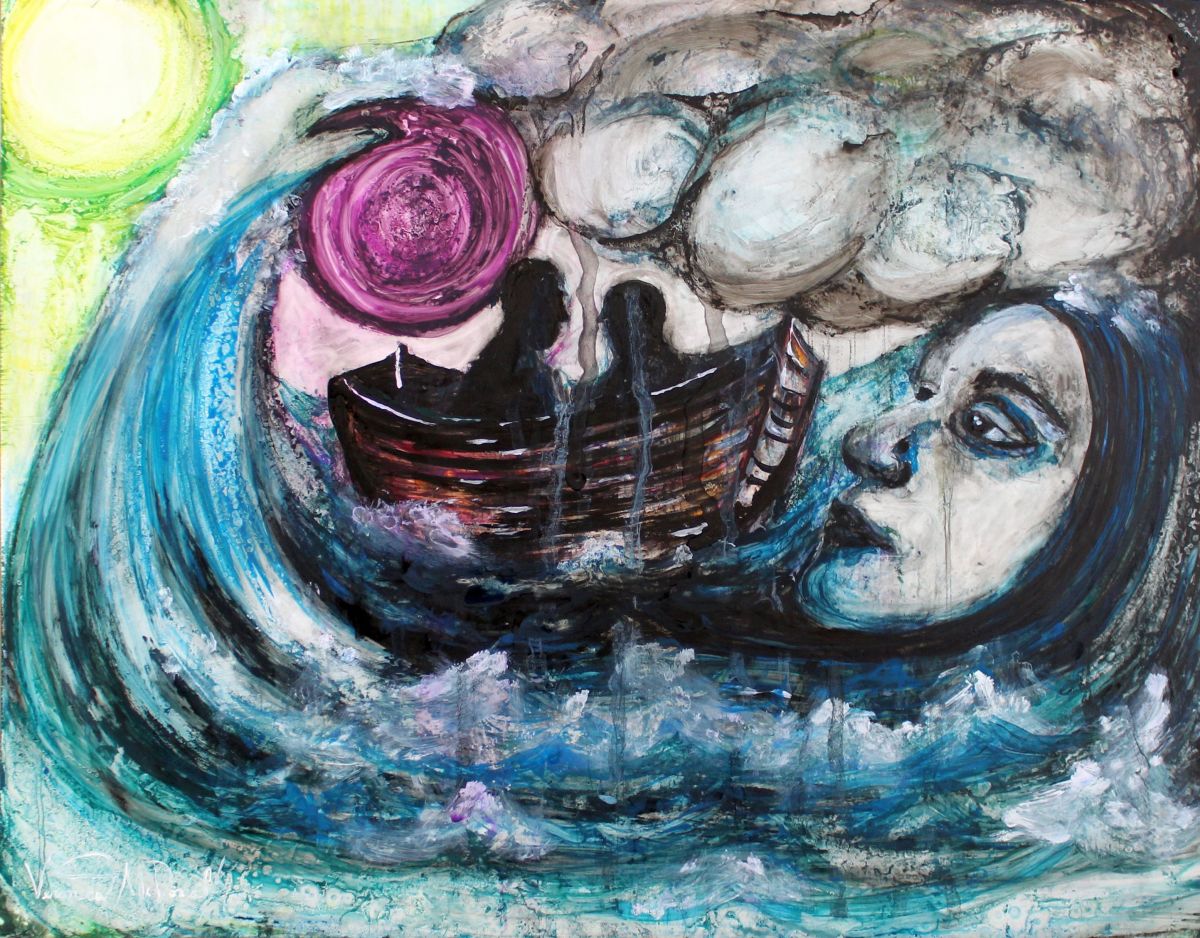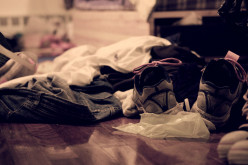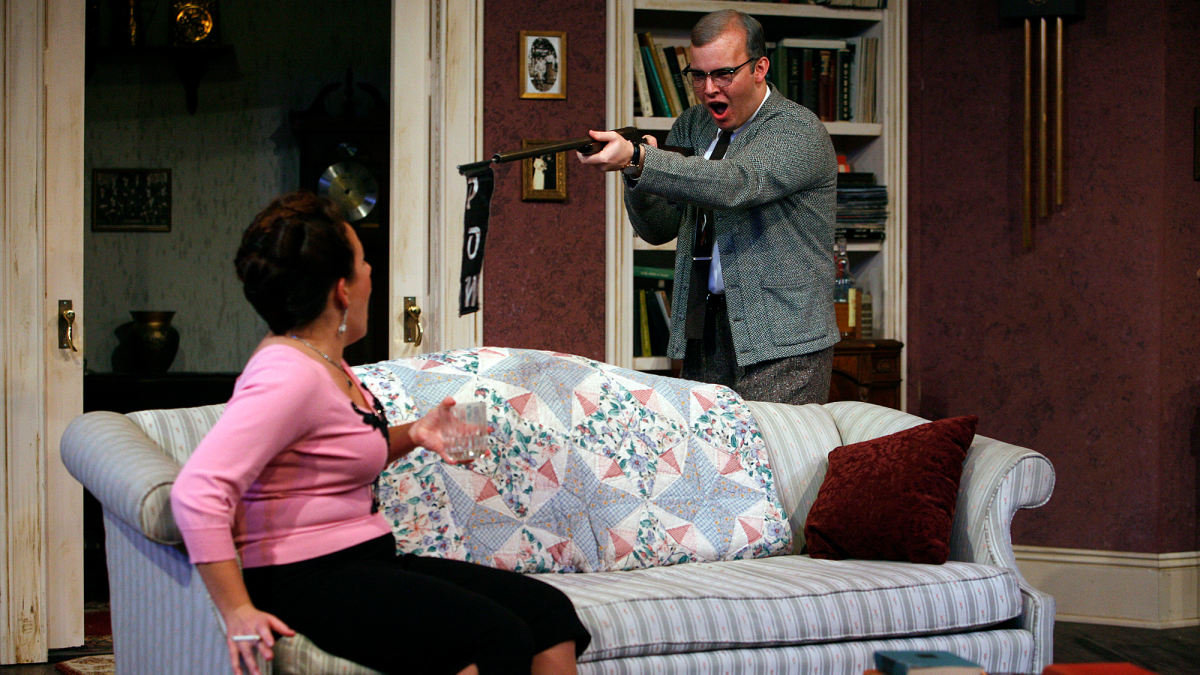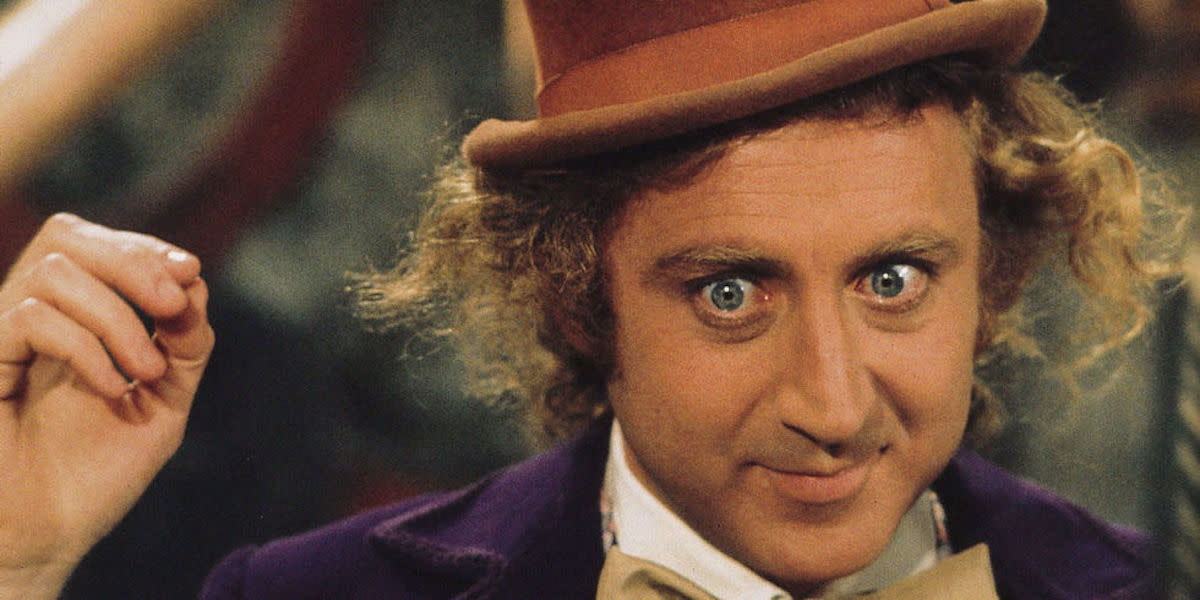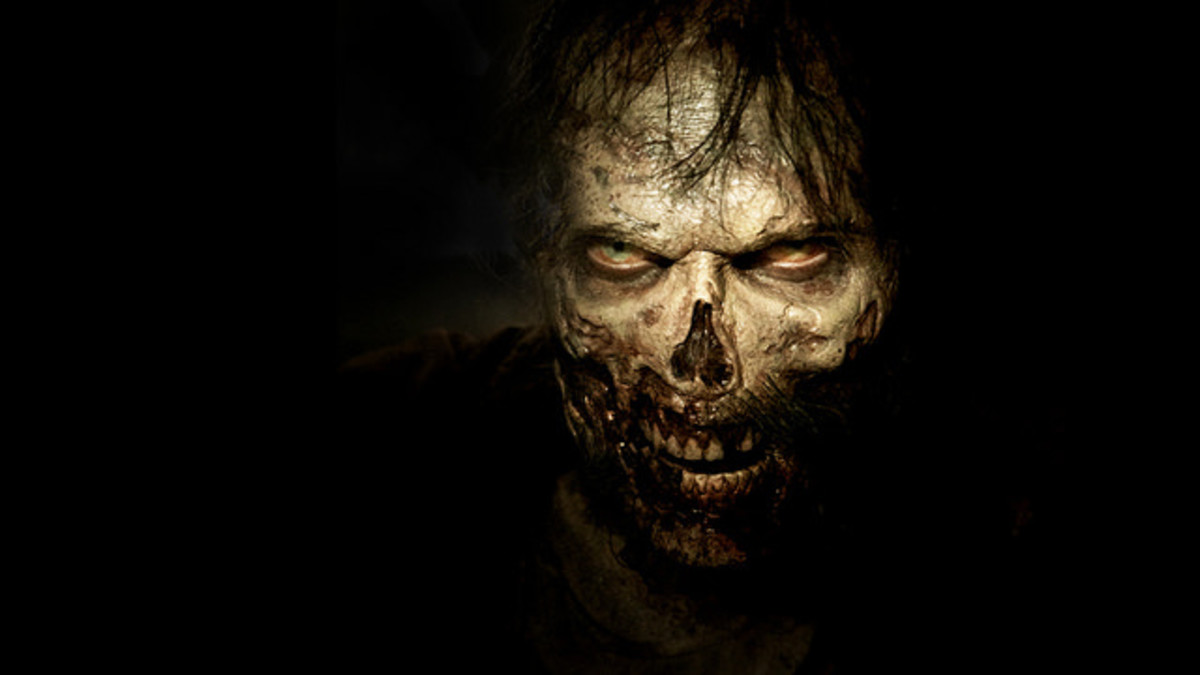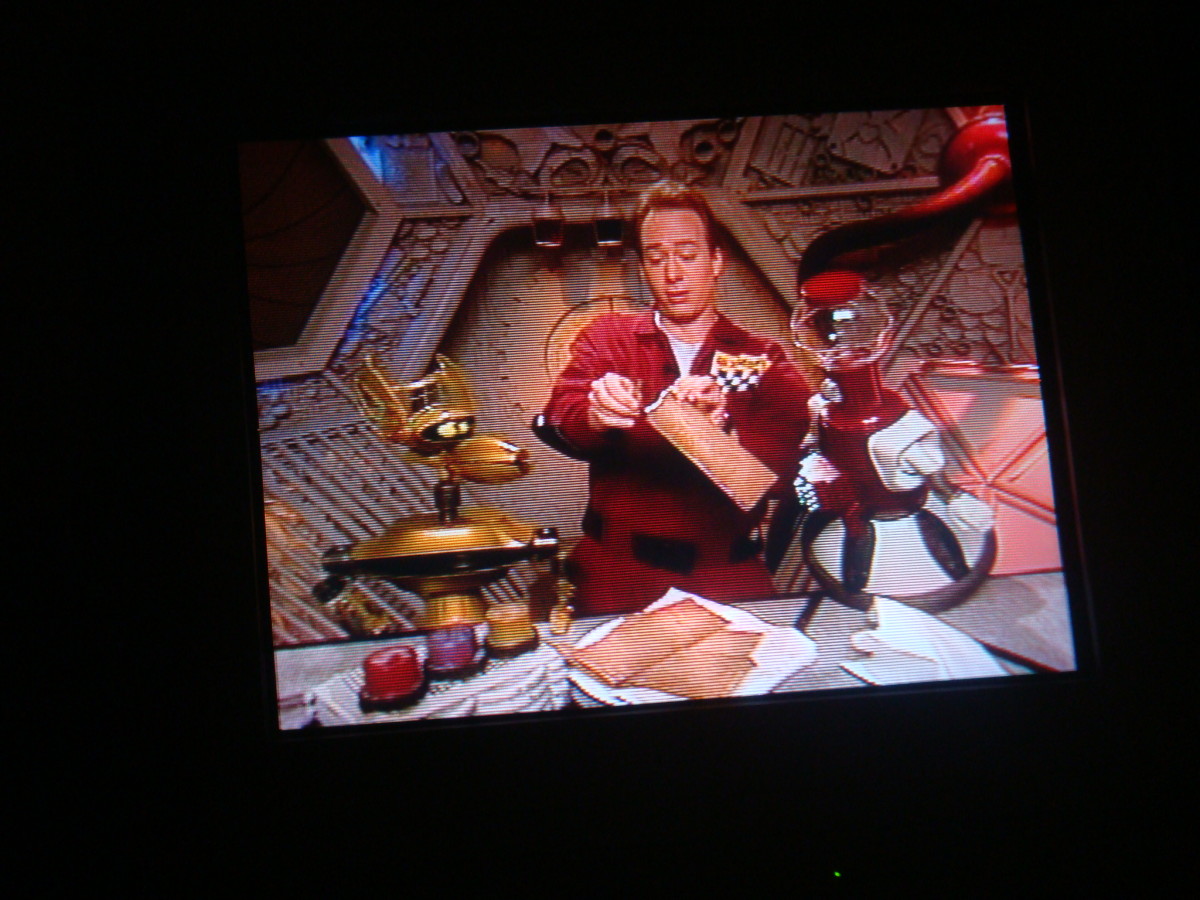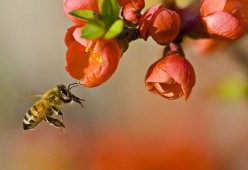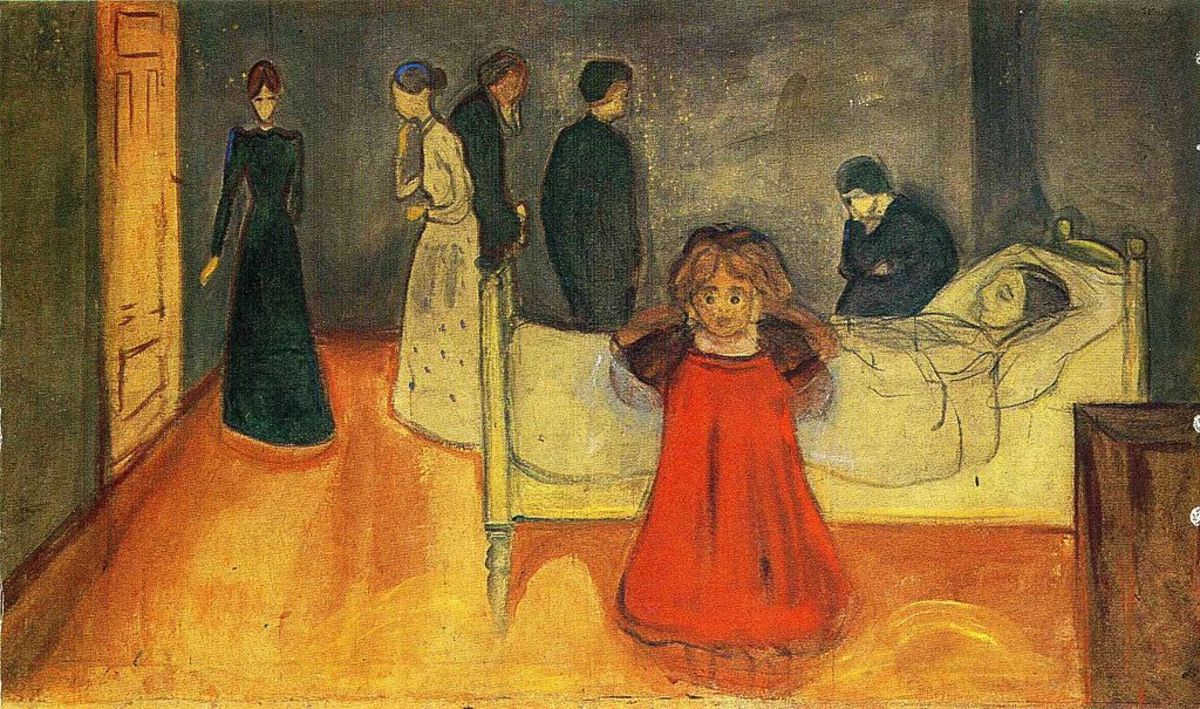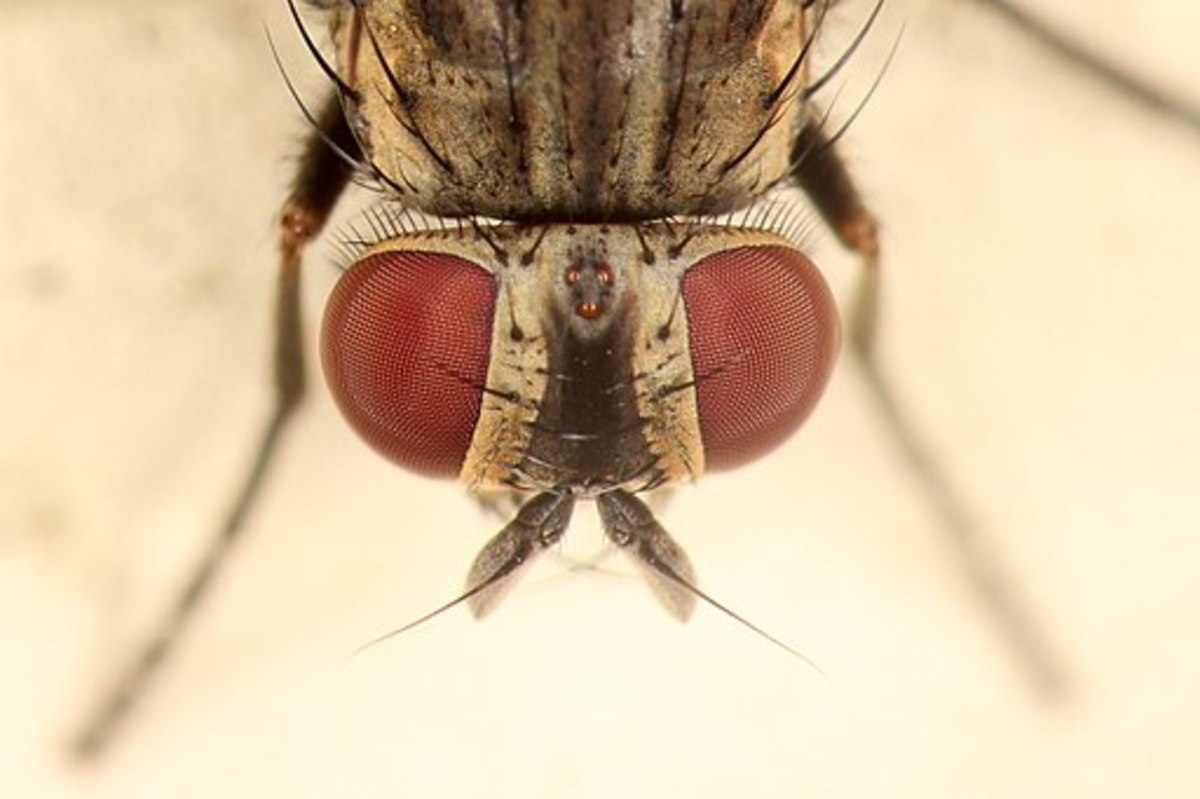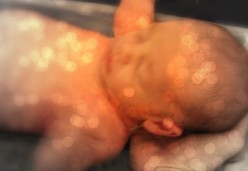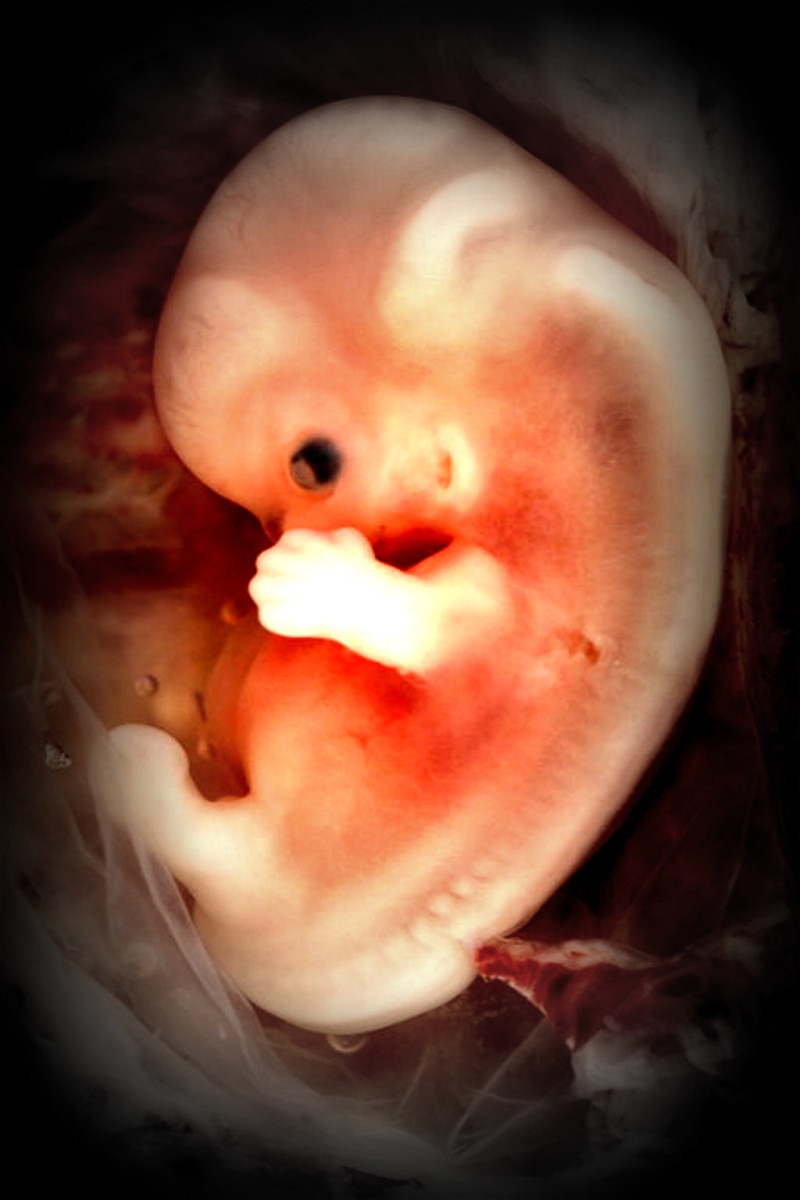 60
60- 0
Poetry Exercise: Write a Blitz Poem
In this exercise, you'll find a fun and simple way to write a 50-line poem using an easy-to-follow pattern.
- 6
Ways to Make a Moth: A Poem
"Ways to Make a Moth" was written before I became a Christian. This poem was an experiment, based on my observations of a moth on my living room wall heading towards a lamp. It now seems an apt metaphor for the state I was in - living in darkness, searching for light and life.
- 0
Poetry Exercise: Anagrammatic Poetry
If you've ever played with anagram puzzles, then you're going to have fun with this poetry exercise.
- 0
Absent Parents and Female Libertinism in Margaret Cavendish’s 'The Convent of Pleasure'
By examining Lady Happy and the Prince(ss)’s relationship in 'The Convent of Pleasure,' I demonstrate how Cavendish removes parental figures to create a secular space where female libertinism re-conceptualizes women to undermine patriarchal power.
- 2
I Stung A Bee: A Poem
"I Stung a Bee" is part of a series of secular poetry I wrote when I became a born-again Christian in the summer of 2016. It highlights the human tendency of pride, laziness, gluttony, and greed. This poem first appears in my chapbook 'At War With the Fireflies.'
- 6
Poetry Exercise: Simple Haiku
For this exercise, you are not going to stress about writing the perfect poem, but rather enjoy and experiment with the haiku form, and learn to create concrete images in a few short lines.
- 0
Insects Rejoice: A Poem
"Insects Rejoice" is a part of a series of secular poetry I wrote when I became a born-again Christian in the summer of 2016. Sometimes it's all too easy to let your own light be snuffed out by those around you, and the insects serve as a metaphor for this tragedy.
- 5
Poetry Exercise: Write an Alphabet Poem
This exercise is part of a series of prompts made to help get your creative juices flowing, and push you out of your comfort zone. This exercise focuses on creating a 26-word alphabet poem.
- 2
Flutters: A Poem
"Flutters" is a poem I wrote shortly before becoming a Christian, and serves as reminder of the nihilism I was experiencing before finding the freedom of Christ.
- 1
Homophonic Poetry and Phony Translations
In homophonic poetry, your goal is to write either a homophonic translation or a phony translation of an existing poem written in another language. It's a fun way to get writing again if you're a bit rusty because you'll be working with material that already exists.
- 5
At War With the Fireflies: A Poem
"At War With the Fireflies" is a part of a series of secular poetry I wrote when I became a born-again Christian in the summer of 2016. It uses the images of children and insects to demonstrate the frustrations between light and darkness.
- 0
9 Daily Decluttering Habits Every Busy Parent Needs to Adopt
Decluttering is not just an action, but rather a set of habits to be adopted. By having a system in place, you'll not only feel more ready to tackle the existing clutter in your house, but you'll feel more prepared to prevent clutter before it happens.
- 0
The Dark Uncertainty of Laughter and Silliness in "The Haunting of Hill House"
Explore the role of laughter and silliness in Shirley Jackson's genre-defining novel "The Haunting of Hill House."
- 0
Examining Madness in Alfred Hitchcock’s "Vertigo," "Psycho," and "The Birds"
This article will examine the nature of madness in three Alfred Hitchcock masterpieces: "Vertigo," "Psycho," and "The Birds."
- 2
Misogyny in "Miss Julie" and "Who’s Afraid of Virginia Woolf?"
August Strindberg’s "Miss Julie" and Edward Albee’s "Who’s Afraid of Virginia Woolf?" are often criticized for their misogynistic portrayals of women. What such critics fail to recognize, however, is the complexity of these “misogynistic” portrayals.
- 3
The Parable of the Moral Madmen: "Willy Wonka and the Chocolate Factory," "Se7en," and "Saw"
Since Friedrich Nietzsche’s parable of “The Madman," through present-day films such as the 'Saw' movies, madmen are portrayed in literature and film as truth-tellers, exposers, and symbols of society’s moral and religious dilemmas. Contains spoilers.
- 0
The Fantasy of Abject Universality: Marx, Edelman, Freud, Bataille, and "The Walking Dead"
Did you know that the fantastical elements of "The Walking Dead" within some of its episodes are a projection of the individual’s unconscious desires and fears surrounding universalism in its various forms? Here's my analysis.
- 0
Consuming “Products” of the Aristocracy: Early Modern Fiction and the “Teen Film”
By looking at the film Cruel Intentions, and taking into account Clueless, and La Belle Personne, I propose that the love-hate relationship for the aristocracy exhibited by early modern European novels is apparent in teen films of the new millennium, and has continued to evolve.
- 0
Validating the Viewer Auteur in 'Mystery Science Theater 3000'
There are “auteur” theories in which directors, actors, cinematographers, and film studios have been granted authorial status over a cinematic text due to stylistic similarities in a body of work. Here I propose that a viewer can also become an auteur.
- 4
Lose Me in the Ocean: A Poem
A poem that serves loosely as a metaphor for becoming a Christian. I often use secular poetry to express my spiritual journey, and how it is earth-shattering and frustrating, while being the most beautiful thing in the world.
- 2
Emotion, Art, and the Self in 'The Sorrows of Young Werther'
An analysis of Goethe's 'The Sorrows of Young Werther' that examines the value of emotion in the text.
- 6
On Your Green: A Poem
A poem written while observing bees pollinating flowers. The scene was both peaceful and exciting, as if the bees felt this overwhelming joy in their work but kept themselves under control and on task. I felt an such a love for God and nature watching them.
- 0
Human Mitosis in 'Frankenstein' and 'The Double:' Reanalyzing the Doubled Protagonist in Fantastic Myth
An analysis of the role of the "double" in Mary Shelley's 'Frankenstein' and Fyodor Dostoevsky’s 'The Double.'
- 3
Becoming Helen: The Journey to Compassion in 'Jane Eyre'
An analysis of the relationship between Jane and her childhood friend Helen Burns in Charlotte Brontë's novel 'Jane Eyre.'
- 0
Exploring Expressionistic Inexpressibility in William Faulkner and Edvard Munch
This is an analysis and examination of the similar manifestations of Expressionism in Faulkner's 'As I Lay Dying' and Munch's 'The Dead Mother and the Child.'
- 0
Renfield: A Poem
A poem inspired by the character Renfield from the novel "Dracula." This poem is a part of a series of secular poetry I wrote when I first converted to Christianity from atheism/agnosticism, back in the summer of 2016.
- 0
8 Simple Ways to Raise Your Self-Esteem That You Can Start Today
Raising your self-esteem doesn't happen overnight, but with daily practice, time, patience and love, you can raise your self-esteem to a healthy level. As someone who has personally battled with low self-esteem these are a few methods that have worked for me and for others.
- 0
Baby in Your Face: A Poem
A poem about restoring a person from under the weight of their life choices.
- 0
Again: A Poem
A poem about becoming a baby that serves as a play on the "born again" experience. Written during my conversion from atheism to Christianity.


